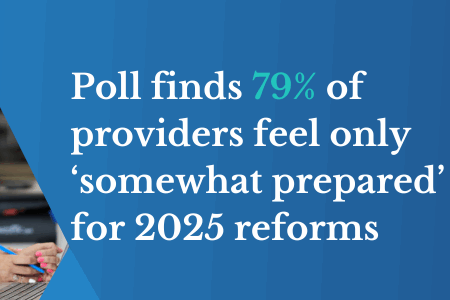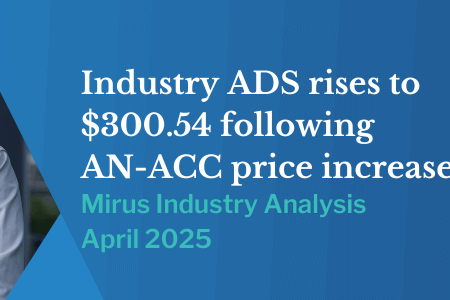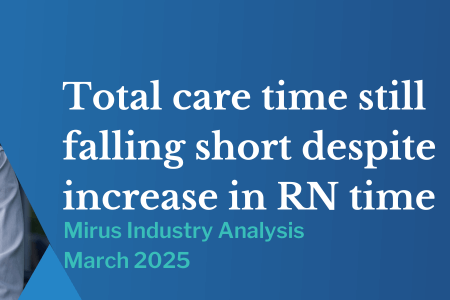Mirus Industry Analysis (MIA) – May 2022 edition
May 10, 2022 | Aged Care Management

Changing care needs move the goal posts on recently released AN-ACC assessments
Rob Covino presents Mirus Industry Analysis (MIA), a series of monthly insights into the key performance indicators and cumulative industry trends from the 90,000+ beds we monitor for financial sustainability.
Welcome to the May 2022 edition of Mirus Industry Analysis (MIA).
Revenue management (starts at 0:04)
The industry saw modest gains in the Average Daily Subsidy across April, sitting at $193. Watch the video for information on the Voluntary ACFI claiming, complex health care (CHC) trends including 4b and 5 and claims greater than 12 months.
Admissions management (starts at 1:42)
Occupancy levels declined slightly over the month of April at 87.20% occupied bed days. Watch the video for more including permanent and new permanent admissions, acuity of admissions, % of new admissions from hospitals, new ACFI’s versus departed ACFI’s, average age of admissions and respite bed days used.
Workforce management (starts at 2:56)
Agency minutes increased by 28% over April, while allied health declined by 31%. Watch the video to see more data on RN minutes, delivered care minutes per bed per day, AIN/EN minutes and more.
As a MIA subscriber you will have access to the full data set breakdown as a downloadable PDF.
Get insights for your own organisation against the industry data
Benchmarking & Insights allow you to compare your Average Daily Subsidy (ADS) to the industry average. You will also gain valuable insights into your ACFI/AN-ACC claiming activity and benchmarking to support your occupancy, revenue, and workforce strategies. What’s even better, is that it’s free.
Click here to benchmark your facility today
About Mirus Industry Analysis (MIA)
We love numbers and we love data! With one of the largest Aged Care databases in Australia, each month we bring you MIA – a monthly wrap up of insights captured from data covering 90,000+ beds.


